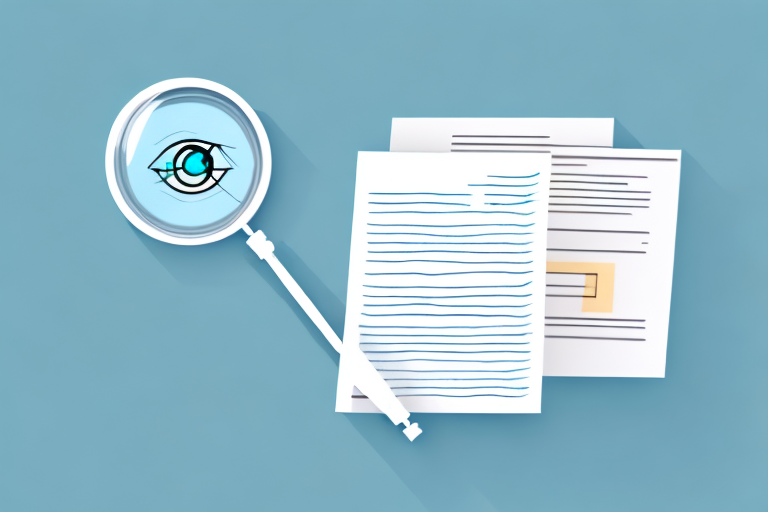Export Compliance Plans are crucial for businesses engaged in international trade. In a global economy where cross-border transactions are commonplace, it becomes imperative for organizations to navigate complex export regulations and ensure adherence to legal requirements. This article aims to provide a comprehensive understanding of export compliance and the key elements involved in developing an effective export compliance plan.
The Importance of Export Compliance
Export compliance is of utmost importance for businesses as it helps prevent potential legal and financial repercussions. Non-compliance with export regulations can lead to severe penalties, including hefty fines, loss of export privileges, and even imprisonment. Moreover, it can damage a company’s reputation, resulting in a loss of customer trust and decreased market competitiveness. By implementing robust export compliance measures, businesses not only ensure legal compliance but also enhance operational efficiency and minimize risks associated with international trade.
One key aspect of export compliance is understanding and adhering to trade embargoes and sanctions imposed by governments. These restrictions prohibit the export of certain goods or services to specific countries or individuals. Violating these embargoes can have serious consequences, as it can be seen as supporting illegal activities or regimes. Therefore, businesses must stay updated on the latest embargo lists and ensure that their export activities comply with these regulations.
Another important consideration in export compliance is the proper classification of goods for export. Different products are subject to different export controls, depending on their nature, intended use, and destination. It is crucial for businesses to accurately classify their goods and determine if any export licenses or permits are required. Failing to do so can result in inadvertent violations of export regulations and potential penalties.
Understanding Export Regulations
Before diving into the key elements of an export compliance plan, it is crucial to have a comprehensive understanding of export regulations. Export regulations are laws and policies implemented by governments to control the export of goods, technologies, and services that may have national security implications or impact foreign policy interests. These regulations vary across countries and are subject to change, making it crucial for businesses to stay up-to-date with the latest requirements and compliance obligations.
Export regulations are typically enforced by government agencies responsible for trade and national security, such as the Department of Commerce, Department of State, and Department of Defense in the United States. These agencies have the authority to impose penalties, fines, and even criminal charges for non-compliance with export regulations.
Compliance with export regulations involves several key components, including obtaining the necessary licenses and permits, conducting due diligence on business partners and customers, and implementing internal controls to ensure compliance throughout the export process. It is important for businesses to establish a robust export compliance program that includes regular training and audits to mitigate the risk of non-compliance and potential legal consequences.
Key Elements of an Effective Export Compliance Plan
An effective export compliance plan encompasses various elements designed to mitigate risks and ensure compliance with applicable export regulations. These elements typically include:
1. Management Commitment: Top-level management’s commitment to export compliance is crucial for driving a culture of compliance throughout the organization. Adequate resources and support must be allocated to establish and maintain an effective export compliance program.2. Export Classification: All products, technologies, and services intended for export must be classified according to the relevant export control lists to determine the applicable export controls and licensing requirements.3. Screening and Due Diligence: Robust screening processes should be implemented to ensure that business partners, customers, and end-users are not restricted entities or involved in illegal activities. Due diligence measures must be undertaken to verify compliance with export regulations.4. Licensing and Authorization: Obtaining the necessary licenses and authorizations, such as export licenses or licenses for dual-use items, is essential to remain compliant with export control requirements.5. Record-Keeping and Documentation: Maintaining accurate and comprehensive records of export transactions, including shipment details, export licenses, and compliance documentation, is crucial for audit purposes and to demonstrate compliance with regulatory requirements.6. Training and Awareness: Regular training programs should be conducted to ensure employees are aware of their responsibilities and understand the intricacies of export compliance. This includes training on identifying potential export risks, recognizing red flags, and reporting any suspicious activities.7. Internal Audits and Monitoring: Regular audits and monitoring procedures should be implemented to assess the effectiveness of the export compliance program, identify gaps or weaknesses, and take appropriate corrective actions.8. Incident Management and Reporting: Procedures should be established to handle potential export compliance violations or breaches promptly. A robust reporting mechanism should be in place to encourage employees to report any suspected non-compliance without fear of retaliation.9. Continuous Improvement: The export compliance plan should be dynamic and subject to continuous improvement. Regular assessments and updates should be made to align with evolving regulatory requirements and changes within the organization.
10. Risk Assessment: Conducting a thorough risk assessment is essential to identify potential vulnerabilities and risks associated with export activities. This includes evaluating the nature of the products or technologies being exported, the countries involved, and the end-users. The findings from the risk assessment should inform the development of appropriate risk mitigation strategies.
11. Third-Party Due Diligence: When engaging with third-party intermediaries, such as distributors or agents, it is crucial to conduct due diligence to ensure they have a strong commitment to export compliance. This includes verifying their compliance programs, conducting background checks, and establishing clear contractual obligations regarding compliance with export regulations.







